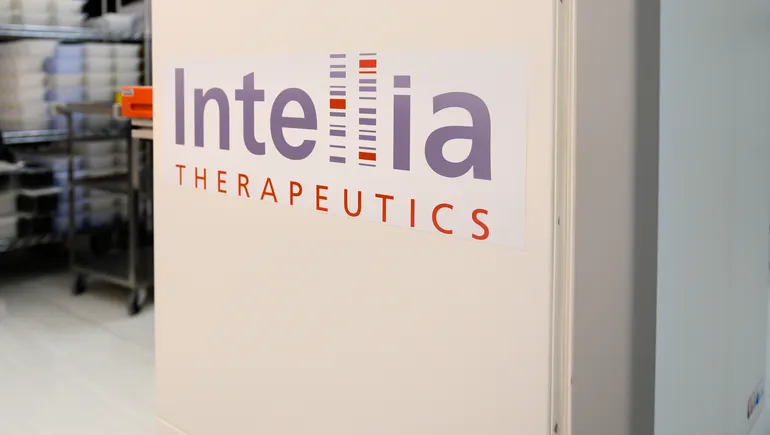Pyrophosphate‐Containing Calcium Phosphates Negatively Impact Heterotopic Bone Quality
Advanced Healthcare Materials, EarlyView.

The role of calcium pyrophosphate (Ca-PP) in heterotopic bone formation and material degradation is investigated using calcium phosphate (CaP) compositions with varying Ca-PP content. Results show that Ca-PP does not impede heterotopic bone formation, minimally affects CaP degradation at non-osseous sites, and increases phagocytosis. Higher Ca-PP concentrations are associated with lower de novo bone quality.
Abstract
In bone, critical size defects pose substantial challenge in maxillofacial and orthopedic reconstructions as they are incapable of spontaneous regeneration. In such cases, autografts, allografts, and bone graft substitutes are used. Calcium phosphates (CaP) are widely used bone graft substitutes due to their biocompatibility, osteoconductive properties, and potential for osteoinductivity. CaP materials containing monetite, beta-tricalcium phosphate (β-TCP), and a small amount of calcium pyrophosphate (Ca-PP) possess both osteoconductive and osteoinductive properties. However, the role of Ca-PP in osteoinduction and material degradation remains unexplored. This study investigates heterotopic bone formation in response to five CaP compositions, maintaining a constant monetite to β-TCP ratio, with varying amounts of Ca-PP (0–12.5%). Twelve adult female sheep (Ovis aries) are subcutaneously implanted with constructs made of six CaP tiles interconnected by a Ti6Al4V frame and a control implant. Histological analysis, backscattered electron scanning electron microscopy, and Raman spectroscopy of samples retrieved at 12- and 52 weeks reveal that Ca-PP does not hinder heterotopic bone formation and minimally impacts CaP degradation. While monetite and β-TCP transform into apatite, the Ca-PP phase remains unchanged. The addition of Ca-PP to the CaP influences heterotopic bone quality and inflammatory response during tissue regeneration.














































































































































